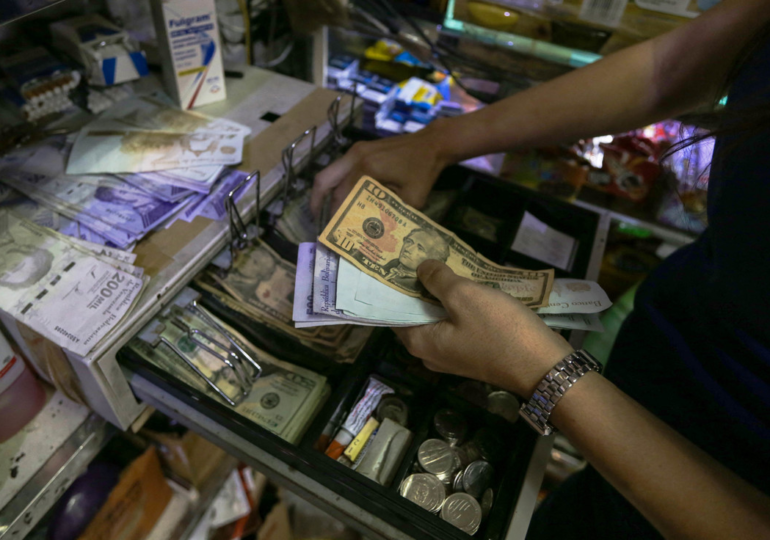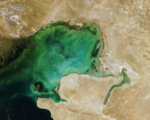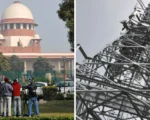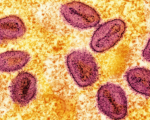Toxic Smog Engulfs Northern India as Delhi Pollution Hits Seasonal High
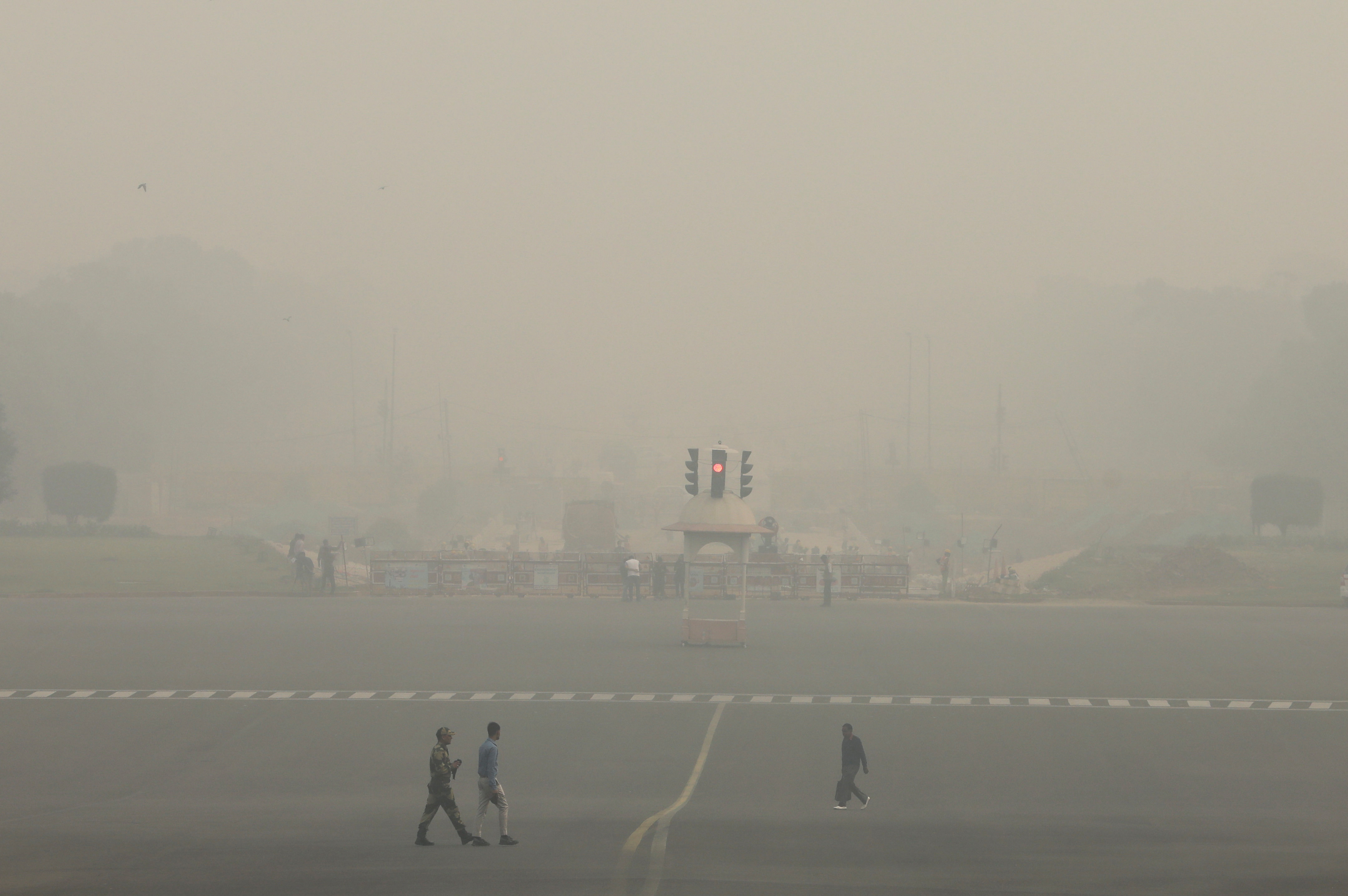
Delhi’s Air Quality Reaches Critical Levels Amid Pollution Crisis
On Monday, dense smog and toxic pollution blanketed much of northern India, with New Delhi’s air quality reaching the worst levels of this pre-winter season. The capital’s air quality index (AQI) surged to 491, classified as “severe plus,” significantly impacting visibility and health.
- Impact on Daily Life: Visibility in Delhi dropped to just 100 meters due to thick fog and smog, leading to the diversion of at least 11 flights. Airports and railway stations remained operational but faced significant delays. Delhi’s chief minister Atishi termed the situation a “medical emergency,” stressing the urgency of pollution control in the region.
- Health Warnings and School Closures: Health authorities have warned that the high AQI poses severe risks, particularly for individuals with pre-existing respiratory conditions. In response, the Delhi government has moved all schools to online classes and imposed tighter restrictions on construction activities and vehicle movements. Despite these measures, many residents continued their routines while facing discomfort, including eye irritation and difficulty breathing.
Sources of Pollution and Government Response
The dense pollution is primarily attributed to the combination of cold weather, fog, and smoke from illegal farm fires, where rice stubble is burned to clear fields in neighboring states. This annual phenomenon traps dust, emissions, and smoke in the air, exacerbating the region’s pollution levels.
- Pollution Control Efforts: Economists and environmental experts, including Kaushik Basu, have called the situation a significant threat to India’s growth, emphasizing the need for immediate and effective action. The Supreme Court has instructed states in the Delhi region to consider suspending in-person classes for students up to grade 12 due to the severe air quality.
- Farm Fires Contributing to Pollution: According to SAFAR, farm fires are responsible for up to 40% of Delhi’s pollution this season, with the Central Pollution Control Board warning that conditions will likely persist.
Global Ranking and Health Implications
Global air quality monitors, including Swiss group IQAir, rank New Delhi as the world’s most polluted city, with PM2.5 levels reaching 130.9 times the World Health Organization’s recommended levels. PM2.5 particulate matter, known to cause respiratory and cardiovascular diseases, remains a critical concern for public health.
- Forecast for the Coming Days: The India Meteorological Department has predicted similar hazardous conditions for Tuesday, further compounding the health and logistical challenges facing the region.


